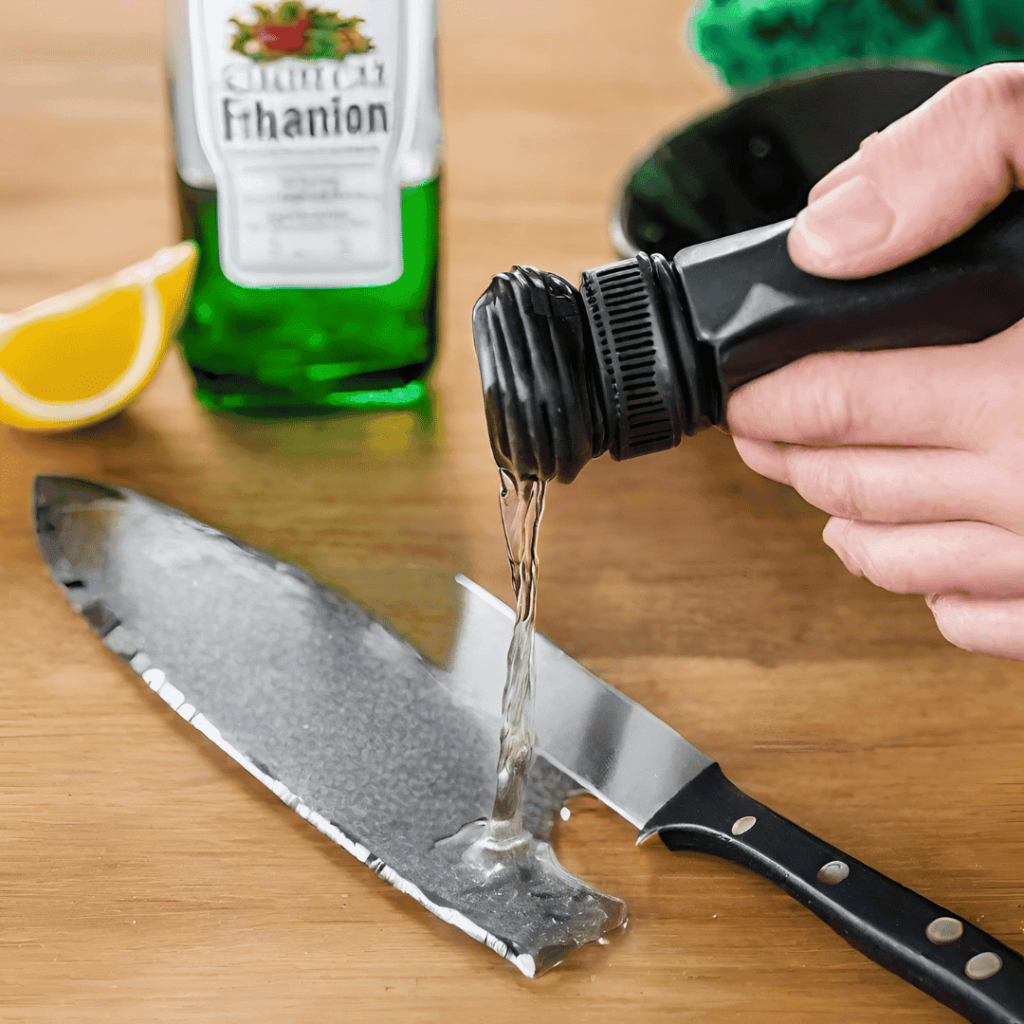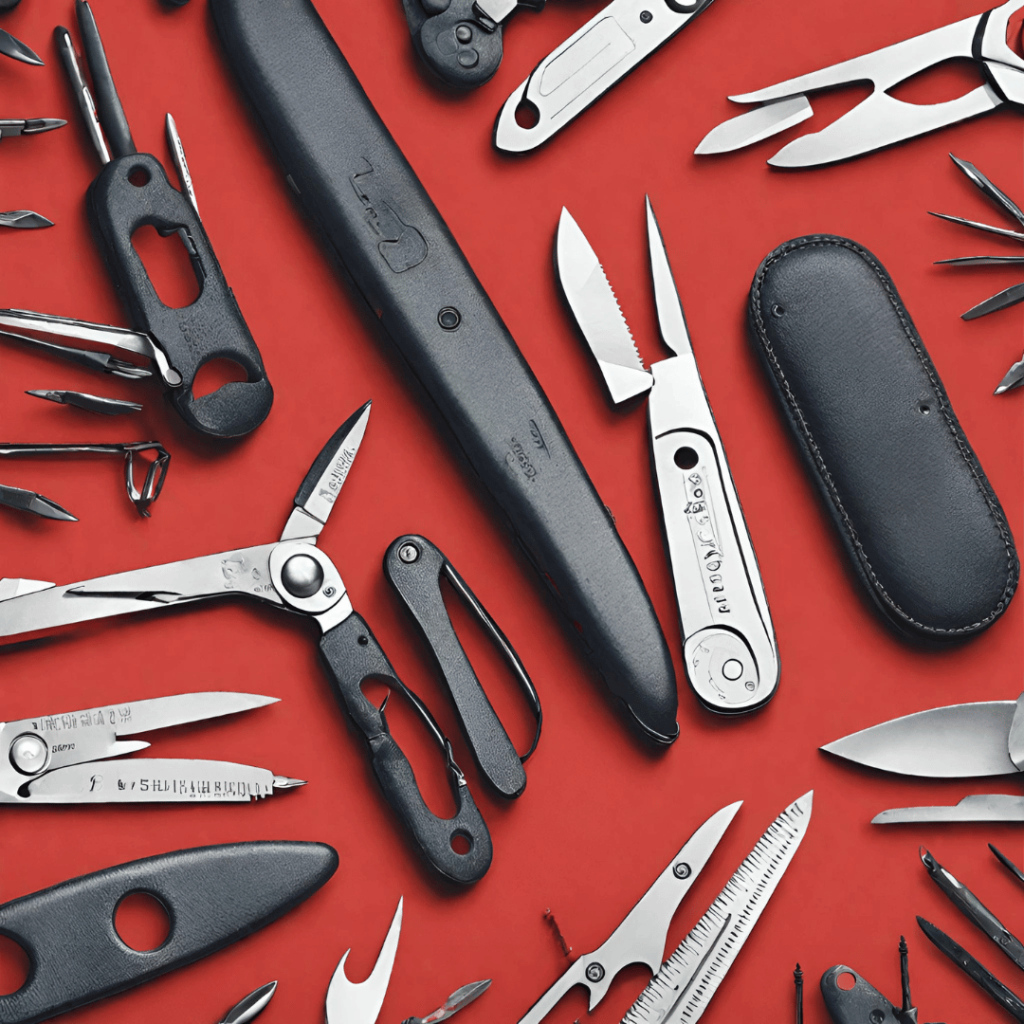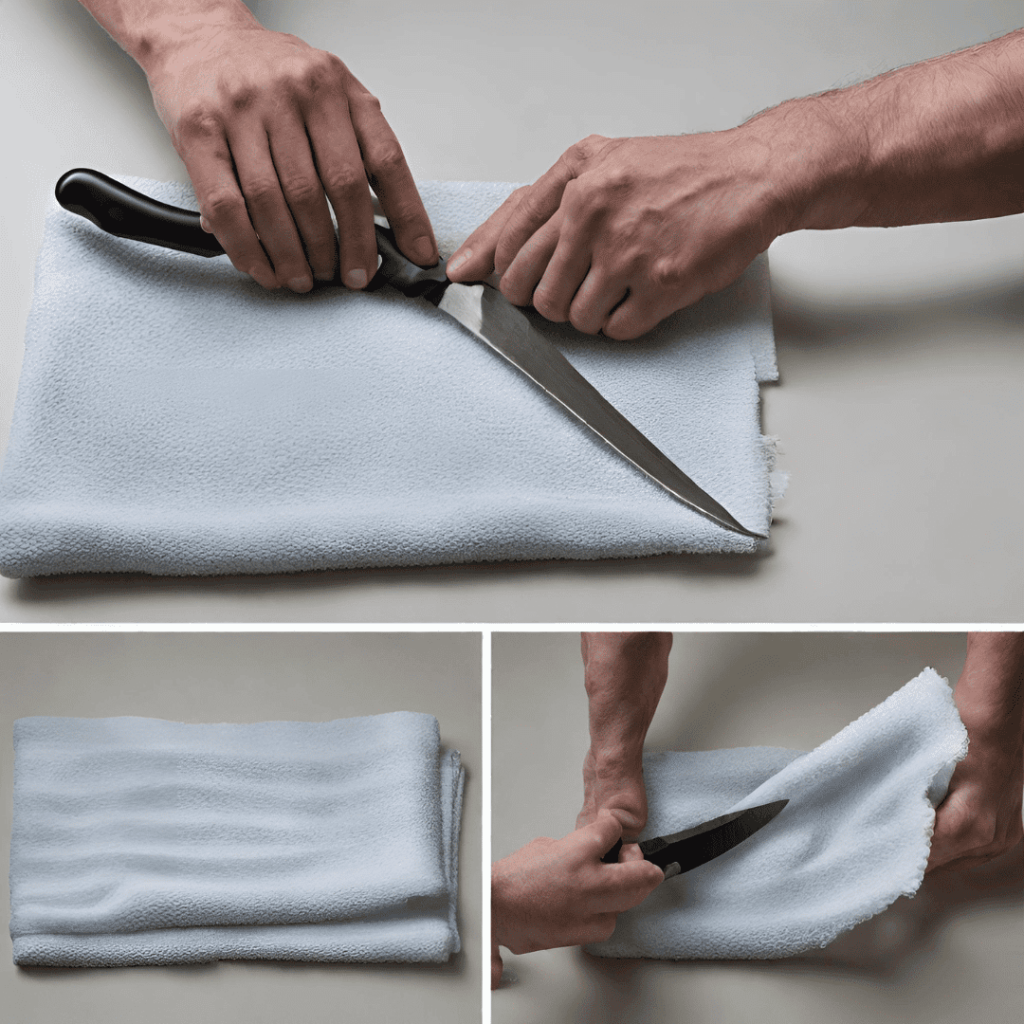When it comes to culinary hygiene, cleaning and sanitizing knives are paramount. Knives are the most commonly used tools in the kitchen, utilized for cutting a wide variety of foods. However, improper handling and maintenance of knives can lead to cross-contamination, resulting in foodborne illnesses and compromising the quality and safety of the dishes prepared. In this comprehensive guide, we delve into the significance of cleaning and sanitizing knives, outlining the best practices to ensure food safety and maintain the longevity of your kitchen equipment.

When knife be cleaned and sanitized?
Preventing Cross-Contamination
One of the primary reasons for cleaning and sanitizing knives is to prevent cross-contamination. Cross-contamination occurs when harmful bacteria from one food item are transferred to another, leading to foodborne illnesses. Knives come into contact with various ingredients during food preparation, including raw meats, poultry, fish, fruits, and vegetables. Failure to clean and sanitize knives properly can result in the transfer of pathogens from one food item to another, posing serious health risks to consumers.
Maintaining Food Quality
In addition to preventing foodborne illnesses, cleaning and sanitizing knives are essential for maintaining the quality of food. Residue from previous food items can alter the flavor and aroma of freshly prepared dishes, affecting the overall dining experience. By ensuring that knives are thoroughly cleaned and sanitized between uses, chefs can preserve the integrity of each ingredient and deliver consistently delicious meals to their customers.
When Should Knives Be Cleaned and Sanitized?
After Each Use
Ideally, knives should be cleaned and sanitized after each use to remove any food residue and bacteria. Immediately after cutting or slicing ingredients, rinse the knife under running water to remove debris and visible soil. Use a mild dish soap and a sponge or brush to thoroughly clean the blade, handle, and any crevices where food particles may be trapped. Once cleaned, rinse the knife again to remove any soap residue, then dry it with a clean towel to prevent rusting.
When Switching Ingredients
When switching between different ingredients, it is crucial to clean and sanitize knives to prevent cross-contamination. For example, if you have been cutting raw chicken and need to slice vegetables next, thoroughly clean and sanitize the knife before proceeding to avoid transferring harmful bacteria to the vegetables. This practice is especially important when handling raw meats, seafood, and poultry, as they are more likely to contain pathogens that can cause foodborne illnesses.
At Regular Intervals
In addition to cleaning knives after each use and when switching ingredients, it is essential to establish a regular cleaning and sanitizing schedule to maintain hygiene standards in the kitchen. Depending on the frequency of use and the volume of food preparation, knives may require cleaning and sanitizing multiple times throughout the day. Implementing a routine cleaning schedule ensures that knives remain sanitary and safe for use, minimizing the risk of foodborne illnesses and contamination.
How to Clean and Sanitize Knives Properly
Step 1: Disassemble the Knife

Before cleaning and sanitizing knives, it is recommended to disassemble them to facilitate thorough cleaning. If the knife has a removable blade, carefully detach it from the handle according to the manufacturer’s instructions. Disassembling the knife allows you to access hard-to-reach areas and ensure that all components are cleaned effectively.
Step 2: Wash with Warm, Soapy Water
Once the knife is disassembled, wash each component with warm, soapy water to remove any food residue and bacteria. Use a mild dish soap and a sponge or brush to scrub the blade, handle, and any other parts of the knife. Pay close attention to crevices, joints, and serrations, where food particles may accumulate. Rinse the knife thoroughly under running water to remove soap residue.
Step 3: Sanitize with a Bleach Solution
After cleaning the knife, sanitize it using a bleach solution to kill any remaining bacteria and pathogens. Prepare a solution of one tablespoon of bleach per gallon of water in a clean container. Immerse the knife components in the bleach solution for at least one minute, ensuring that all surfaces are thoroughly coated. Alternatively, use a commercial sanitizer approved for use in food establishments.
Step 4: Rinse and Dry Thoroughly

Once sanitized, rinse the knife components under running water to remove any traces of bleach or sanitizer. Ensure that all surfaces are thoroughly rinsed to prevent any residual chemicals from contaminating food. Finally, dry the knife components with a clean towel or allow them to air dry completely before reassembling the knife for storage.
Conclusion
In conclusion, cleaning and sanitizing knives are essential practices in maintaining food safety and quality in the kitchen. By following proper cleaning procedures and establishing a regular sanitizing schedule, chefs and foodservice professionals can minimize the risk of cross-contamination and ensure that their dishes meet the highest standards of hygiene. Remember to clean and sanitize knives after each use, when switching between ingredients, and at regular intervals to protect the health and well-being of consumers.
1. Why is it important to clean and sanitize knives regularly?
Cleaning and sanitizing knives regularly are essential for preventing cross-contamination and maintaining food safety in the kitchen. Bacteria and pathogens from one food item can transfer to another if knives are not properly cleaned and sanitized between uses, leading to foodborne illnesses.
2. Can I use any type of soap to clean knives?
It is recommended to use a mild dish soap when cleaning knives. Avoid harsh detergents or abrasive cleaners, as they may damage the blade or handle of the knife. Mild dish soap effectively removes food residue and bacteria without compromising the integrity of the knife.
3. How often should I sanitize knives?
Knives should be sanitized after each use and whenever switching between different ingredients to prevent cross-contamination. Additionally, establish a regular sanitizing schedule based on the frequency of knife use and the volume of food preparation in your kitchen. This ensures that knives remain sanitary and safe for use at all times.
4. Can I sanitize knives with vinegar instead of bleach?
While vinegar has some antimicrobial properties, it may not be as effective as bleach in killing certain types of bacteria and pathogens. It is recommended to use a bleach solution or a commercial sanitizer approved for use in food establishments to ensure thorough sanitation of knives.
5. How should I store knives after cleaning and sanitizing?
After cleaning and sanitizing knives, ensure that they are completely dry before storing them. Store knives in a clean, dry, and well-ventilated area away from other utensils to prevent contamination. Consider using a knife block, magnetic strip, or sheath to protect the blades and prevent accidents.
